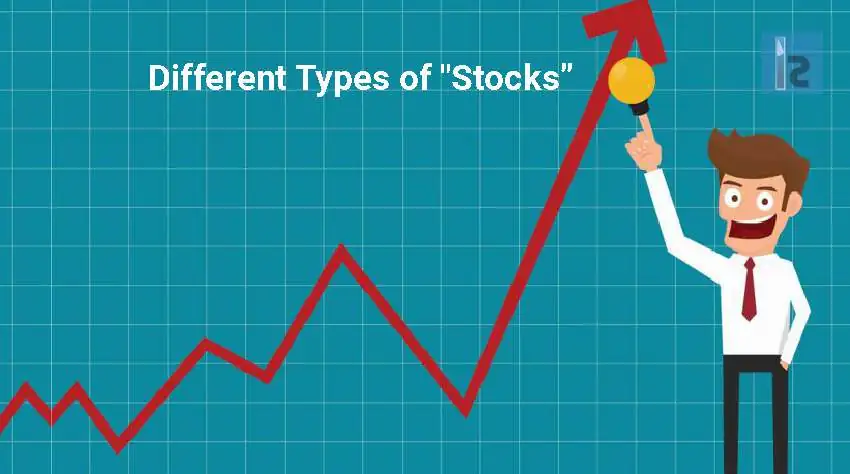People invest in stocks to earn higher returns than what fixed income products offer. But all stocks are not the same. Like the companies and businesses, the stocks of different companies also have different characteristics.
In general, companies issue two types of stocks– Preferred (have priority over other shareholders) & Common stocks. In line with its name, the common stocks are the first choice of retail investors. We will be focusing on common stocks in this article.
Let’s evaluate different stock classifications that are commonly used:
Types of stocks on basis of Market Capitalization
Stocks are often classified as large caps, mid caps, small caps, and micro caps on basis of their total market capitalization (Current Share Price x Total Number of Shares). Though there are no exact cutoffs about what exactly is defined as a large-cap and what isn’t, investors usually categorize companies under as follows:
- Large-cap: Market Cap > Rs 10,000 Crore (Cr)
- Mid-cap: Rs 2,000 Cr < Market Cap < Rs 10,000 Cr
- Small-cap: Rs 200 Cr < Market Cap < Rs 2,000 Cr
- Micro-cap: Below Rs 200 Cr
Also, the concept of Risk and Return is applicable here too. Small companies are riskier than large ones. So due to the increased risk, many of the smaller companies tend to give higher returns than large or mid-cap companies. Of course, the proportion of small companies not doing well is also higher than those among their larger counterparts.

Many of the large-cap stocks are of high quality, well-established companies with stable or growing earnings. The stocks of these companies are known as blue-chip stocks. The perceived risk associated with these companies is also very low. Examples – Many stocks that are part of Sensex or Nifty 50 index.
Types of stocks on basis of Growth / Value / Income
This classification of stocks depends on the nature of business, its profit distribution policy and general assessment of price vs. actual intrinsic value.
Growth Stocks
These are stocks of businesses, which are growing higher than average rate. This high growth is translated into higher profits and is reflected in rising of the company’s stock price. Because of this, these companies prefer to reinvest their earnings back into company operations in hope of generating more profits. This theoretically helps these companies grow at a faster rate. Consequently, these companies have low dividend payouts. Generally, the growth stocks are bought more for capital appreciation in stock prices and are riskier than the other two varieties.
Value Stocks
These are stocks that according to some financial analysis ratios, are trading at prices that are less than their actual (intrinsic) values. Some of the popularly used ratios to assess reasonability of price against embedded value is:
- Low P/E ratio
- Low P/BV ratio
- Low Price-to-Sales ratio, etc.
Value stocks don’t remain good value picks forever. When other investors realize that stocks are underpriced, the prices tend to rise up and reward those early investors who bought at lower levels.
Income Stocks
These stocks distribute a comparatively higher percentage of their earnings as dividends to shareholders. This often gives them high dividend yields (dividend in relation to their share price). At times, these are also referred to as high dividend-yield stocks. A higher dividend means higher income and hence, the name income stocks. Generally, these belong to companies that have stable businesses churning out reasonably assured amounts of profits.
These are some of the more commonly used approaches to classify stocks. But stocks can also be classified in many other ways like defensive stocks, high beta stocks, etc.



